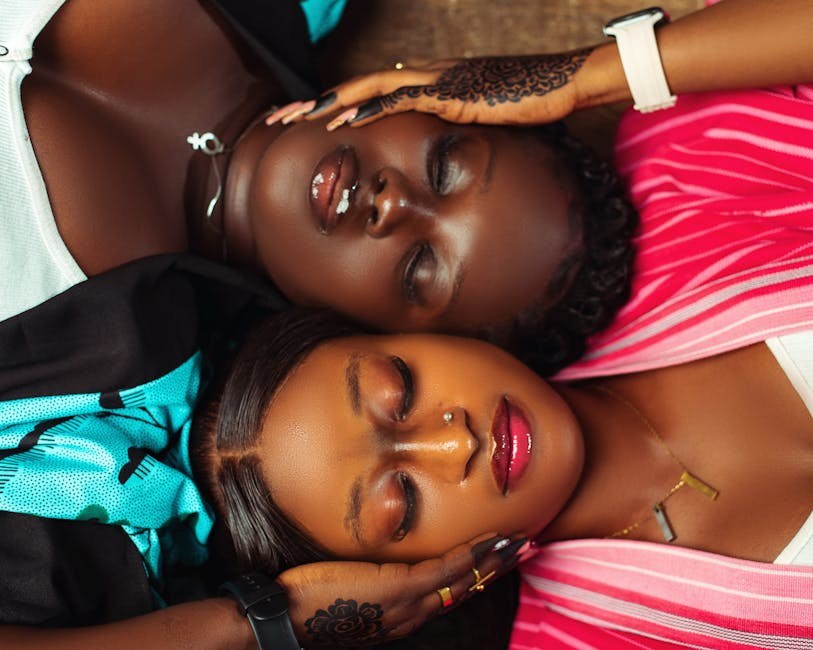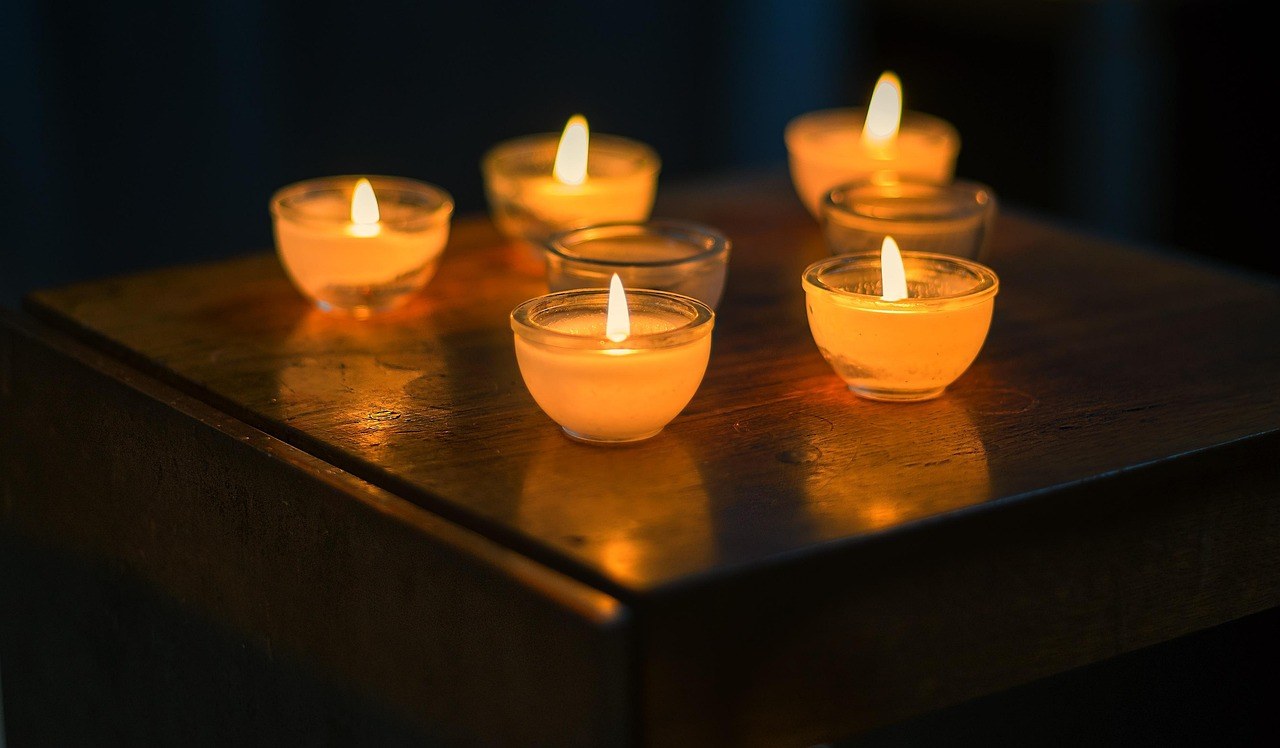Modern relationships often weave digital intimacy into everyday life – quick messages, playful notes, and sometimes nude photos shared in confidence. The impulse makes sense: you want to delight a partner, bridge distance, or capture a moment when desire is bright. But the same tools that make it effortless can also magnify risk. This guide reframes the thrill with sober clarity, showing how to enjoy personal sharing while staying grounded in consent, control, and care.
What draws people to share intimate images
At its core, intimacy thrives on attention. When you pause your day to craft something personal, you’re signaling, “I’m thinking of you.” For many couples, nude photos do exactly that – they interrupt routine with a spark and invite a private exchange that words alone sometimes can’t reach. Technology amplifies this, turning your camera into a tiny stage where flirtation, trust, and tenderness can coexist.
Motives vary, of course. Some partners want to keep things exciting when schedules flatten romance. Others use nude photos to add warmth in long-distance relationships, to tease and seduce, or to memorialize a version of themselves they feel proud of today. A few people also seek reassurance – the ping of a kind reaction can momentarily quiet insecurity. None of these impulses are strange; they’re simply human. Still, when nude photos become part of the relationship, it’s wise to pair boldness with caution.

Why intention matters more than impulse
Before pressing send, pause for a breath – not to cool the moment, but to sharpen it. Ask yourself what you want the image to do. If the goal is connection, think about the recipient’s context and your shared norms. If the goal is exploration, decide in advance how far you’re comfortable going. When intention is clear, choices feel lighter and boundaries are easier to defend. This doesn’t ruin spontaneity; it refines it.
The real risks, explained plainly
Digital systems are remarkable, but they’re not infallible. Nude photos can leak through software errors, cloud sync quirks, password reuse, or simple mishaps like sending to the wrong chat. Devices get borrowed, stolen, or repaired; backups linger; previews pop up at awkward times. Even when platforms advertise security, no tool can neutralize every threat – especially if another person, not the software, breaks trust.
Think in layers: the device that captures the image, the apps that store it, the services that back it up, and the person who receives it. Each layer introduces a potential exposure path. Knowing this doesn’t mean you must avoid sharing altogether; it means you build a habit of checking the path your nude photos will travel and trimming it wherever you can.

Consent as the foundation
Consent is not a checkbox you tap once – it’s a living agreement. Sharing nude photos without permission is a violation, and saving or forwarding them beyond the intended context can harm someone’s privacy for years. If you’re requesting images, do it respectfully and accept no with grace. If you’re sending them, be explicit about expectations: whether the recipient may save the image, whether screenshots are okay, and whether the photo should be deleted after viewing. Consent expands beyond the two of you as well; storing someone else’s nude photos on shared devices or visible cloud folders risks exposing them to strangers, roommates, or colleagues.
Practical steps that actually reduce exposure
The following strategies don’t promise perfection – nothing does – but each one shrinks the attack surface. Use what fits your situation, and stack multiple tactics for stronger protection.
Understand your device’s defaults. Cameras and gallery apps often sync automatically. Audit your settings so nude photos don’t bounce to cloud libraries or secondary devices. Turn off auto-upload for sensitive folders, review “recently deleted” behavior, and learn where hidden albums live.

Control what’s in the frame. Backgrounds can identify a room, a building, or a routine. Clean the scene. A blank wall or neutral surface reduces clues. Remove mail, badges, work gear, or anything that could anchor nude photos to your identity. This isn’t about shame – it’s about limiting breadcrumbs.
Avoid full-face and unique markers. If deniability matters to you, skip the face, distinctive tattoos, or one-of-a-kind jewelry. Consider angles, crops, or framing that keep the focus where you want it while masking identifying features. Nude photos can be sensual without being revealing in a way that outs you.
Mind your metadata. Images store details like date, device model, and sometimes location. If possible, disable location tagging. When editing or exporting, use tools that strip metadata so your nude photos don’t carry unintended traces.
Use ephemeral sharing when it aligns with your comfort. View-once or disappearing messages reduce long-term exposure. They aren’t foolproof – screenshots exist – but they can be an effective layer when paired with trust and clear expectations. Treat ephemerals as a convenience, not a guarantee.
Set stronger locks everywhere. Unique passcodes, biometric locks, and two-factor authentication make casual snooping harder. Protect gallery apps and note where nude photos might surface as thumbnails or notifications. The goal is to keep low-effort intrusions from becoming instant leaks.
Delete decisively – and verify. If you don’t need a local copy, remove it from the camera roll, the “recently deleted” folder, hidden albums, cloud backups, and messaging app caches. Some services keep server-side copies for a period; knowing that helps you treat nude photos as still-sensitive even after you think they’re gone.
Consider live, not stored. Video calls and real-time moments can deliver intimacy without leaving files behind. Again, nothing stops recording entirely, but if your priority is minimizing stored nude photos, synchronous experiences are useful.
Analog has its place. Instant cameras create a single physical print you can lock away. It’s old-school, yes, but for some people it’s the safest path for an image they never want online. Treat physical copies like any valuable – store them deliberately.
Trust the recipient – genuinely. Software helps, but people determine outcomes. If trust is tentative, your risk is high. If the relationship is secure and respectful, your risk is lower, though never zero. Think about future contexts: breakups, phone loss, or shared spaces. The best defense for nude photos is sending them only to someone who protects them as carefully as you do.
Framing and composition that protect your identity
Sensuality doesn’t require full disclosure. Experiment with silhouettes, partial crops, or close-ups that capture mood without broadcasting identity. Use indirect angles, soft light, or fabric play to shape the image. When you design nude photos this way, you achieve two goals at once – a striking, intimate picture and a smaller footprint if it ever escapes your control.
Think like a director: if a stranger saw this frame, what could they infer? Your height from a door frame, your location from a skyline, your workplace from a lanyard. Remove those clues, and your nude photos become more about expression than exposition.
Communication habits that keep intimacy respectful
Set norms early rather than after a scare. If you don’t want your partner to keep a gallery, say so. If you’re okay with saving but not forwarding, make that explicit. If you prefer that nude photos never be opened around others, agree on a simple code – “open later” – that both of you honor. These small habits turn into a protective culture around your exchange.
On the flip side, if you receive nude photos, treat them as confidential. Ask before storing; delete if asked; silence notifications when in public. Demonstrate the respect you’d hope to receive. The intimacy you build is not just in the image – it’s in how you handle it afterward.
Managing accidents without panic
Even careful people make mistakes. If you send nude photos to the wrong chat, act quickly. Delete for everyone if the platform allows it, notify unintended recipients, and explain plainly that the message wasn’t meant for them. If a device with sensitive content goes missing, change passwords, revoke sessions, and de-link accounts. The faster you act, the smaller the blast radius.
When you suspect someone you trusted has stored or shared nude photos against your wishes, document what you can – dates, messages, platforms. While this guide focuses on prevention rather than legal strategy, naming the issue clearly is the first step toward regaining control. You deserve boundaries that are honored, not negotiated away.
Balancing desire and discretion in long-distance love
Distance doesn’t cancel desire; it reframes it. Couples who live apart often rely on nude photos to keep intimacy vivid during off-weeks. To make that work smoothly, set a joint playbook. Decide which app you’ll use, whether you save anything, and how you’ll both store or delete afterward. Trade cues for consent – a short request, a thumbs-up reply – so the exchange never feels presumptive. Most of all, keep erotic communication two-way; shared agency strengthens trust.
Reassurance versus dependency
Many people send nude photos to chase a moment of validation. That’s understandable, but if you notice the need ballooning – if your day feels bad unless someone reacts – pause and recalibrate. Compliments are sweet; reliance is heavy. Rebuild confidence through variety: flattering outfits, portraits that aren’t explicit, or messages that celebrate parts of you not tied to appearance. When nude photos become a choice rather than a need, they remain fun instead of fraught.
Crafting images that center agency
Agency is the difference between feeling exposed and feeling empowered. You maintain agency when you set the terms of capture, choose the framing, and direct how the image moves or doesn’t. If someone pressures you for particular angles or insists on saving despite your discomfort, that’s not intimacy – it’s erosion of consent. Reassert your boundaries, and remember: you can always decline. The most compelling nude photos are the ones you wanted to create, not the ones you felt cornered into sending.
Small technical choices with outsized effects
Lighting: Soft, indirect light flatters and also reduces hard shadows that reveal room details. Your nude photos can be alluring with less environmental data.
Angles: Low or high vantage points can disguise context while highlighting shape. Cropped frames keep focus narrow; mirrors deserve extra caution because they multiply clues.
Wardrobe as control: Strategically placed fabric, a robe, or sheets allow you to dial intensity up or down. This lets your nude photos stay intimate while keeping identifiers minimal.
File discipline: If you edit, export copies into a dedicated, non-synced folder. Avoid naming files with real names. Periodically review and purge.
Social dynamics you shouldn’t ignore
Reputations still move faster than facts. If nude photos surface without context, onlookers may invent a story – and that story may be unkind. You can’t control every narrative, but you can control how you speak to yourself. Choosing to share images with a partner is not a moral failure. It’s an intimate act that deserves privacy, not judgment. If you’re tempted to laugh at someone else’s leak, remember: compassion helps everyone and costs nothing.
Shared standards make sharing safer
If nude photos are part of your relationship, make it a shared project to keep them safe. Rotate passcodes periodically. Agree not to open images in public or near friends who might glance at screens. Use context-only captions that won’t embarrass either of you if previews appear. If either of you feels uneasy, pause without defensiveness. The more you normalize safety talk, the less it cools the mood – it becomes just another way of caring.
When to choose other forms of intimacy
There will be days when sending nude photos simply isn’t the right call – perhaps you’re in a crowded place, your devices are shared, or your trust feels wobbly. Substitute with voice notes, suggestive texts, or non-explicit photos that carry the vibe without the exposure. Intimacy is broader than one format. Choosing alternatives isn’t retreat; it’s wisdom about timing and context.
Making peace with imperfect control
Even after thoughtful steps, there’s always residual risk. The question, then, is not “How do I remove all risk?” but “What level of risk feels acceptable for me in this relationship right now?” Give yourself permission to revisit the answer as circumstances change. Early dating may call for stricter guardrails; established, respectful partnership may invite more freedom. Your boundaries are allowed to evolve.
A clear, compassionate final note
Sharing intimate images isn’t a test of character – it’s a personal choice. If you opt in, pair the excitement with simple, sturdy precautions: curate the frame, minimize identifiers, understand your storage, and send only to someone worthy of your trust. If you opt out, that’s equally valid. Either way, treat others’ choices with care. When someone entrusts you with their nude photos, they’re handing you more than pixels; they’re handing you a part of themselves. Honor that, and the thrill stays aligned with respect.
And remember, pleasure and protection are not enemies. With intention and attention, nude photos can remain what they were meant to be – a private gesture that brightens the bond between two people, not a headline waiting to happen.